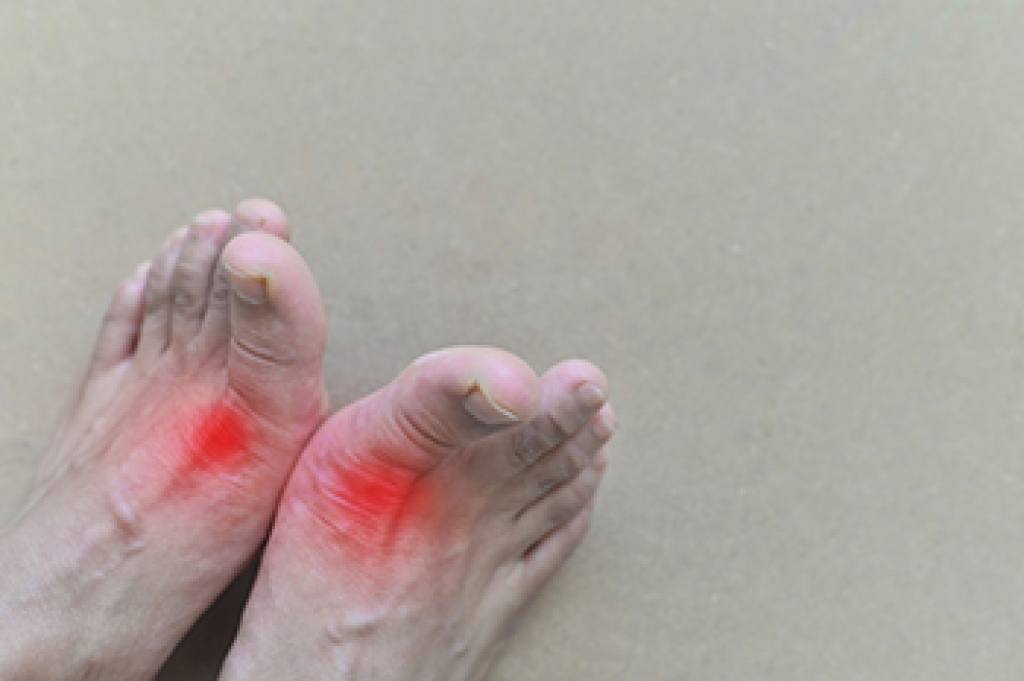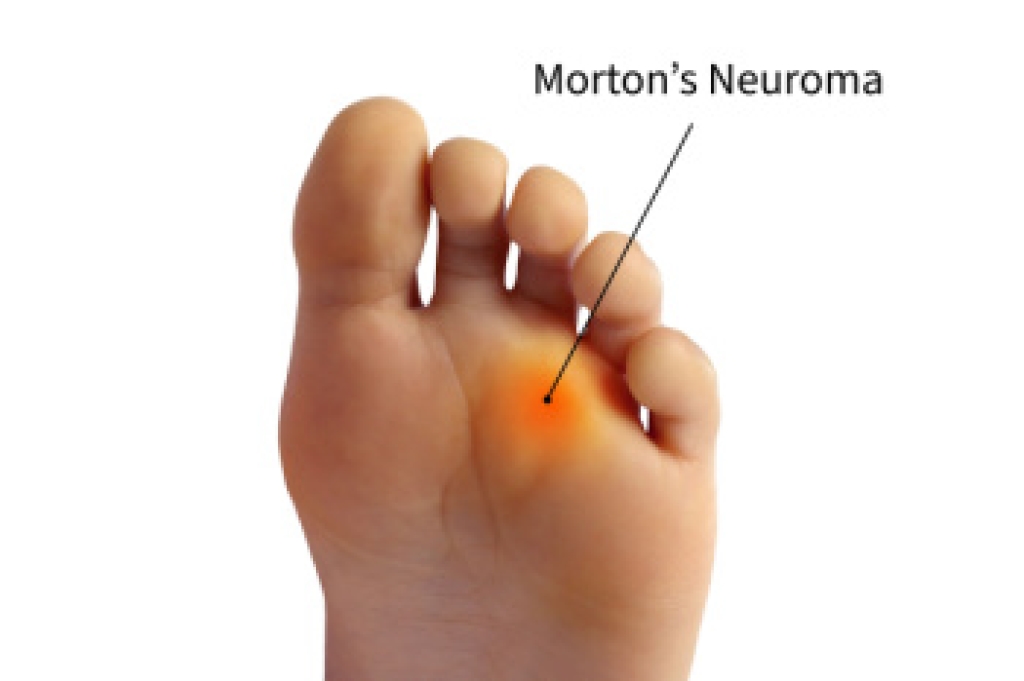
Flat feet, or fallen arches, occur when the arches of the feet collapse, causing the entire sole to make contact with the ground while bearing weight. In some cases, flat feet can be associated with genetic conditions, including Ehlers-Danlos Syndrome, or EDS, or Marfan Syndrome. EDS is a connective tissue disorder that causes hyper mobility, leading to loose joints and flat feet. Marfan Syndrome can result in tall stature and elongated limbs, contributing to foot instability. Symptoms include foot pain, swelling, and difficulty standing for long periods of time. This condition may cause discomfort in the feet, ankles, knees, and even the lower back, making walking or exercise painful. In severe cases, it can lead to other issues like tendonitis or bunions. A podiatrist can evaluate the severity and cause of flat feet and provide custom orthotics, recommend targeted exercises, or, in some cases, perform surgery. If you have discomfort from flat feet, it is suggested that you schedule an appointment with a podiatrist.
Flatfoot is a condition many people suffer from. If you have flat feet, contact Scott Samera, DPM from Samera / Foot + Ankle. Our doctor will treat your foot and ankle needs.
What Are Flat Feet?
Flatfoot is a condition in which the arch of the foot is depressed and the sole of the foot is almost completely in contact with the ground. About 20-30% of the population generally has flat feet because their arches never formed during growth.
Conditions & Problems:
Having flat feet makes it difficult to run or walk because of the stress placed on the ankles.
Alignment – The general alignment of your legs can be disrupted, because the ankles move inward which can cause major discomfort.
Knees – If you have complications with your knees, flat feet can be a contributor to arthritis in that area.
Symptoms
- Pain around the heel or arch area
- Trouble standing on the tip toe
- Swelling around the inside of the ankle
- Flat look to one or both feet
- Having your shoes feel uneven when worn
Treatment
If you are experiencing pain and stress on the foot you may weaken the posterior tibial tendon, which runs around the inside of the ankle.
If you have any questions, please feel free to contact our office located in Lake City and Branford, FL . We offer the newest diagnostic and treatment technologies for all your foot care needs.








